Have a nice #WaveWatchingWednesday! :)
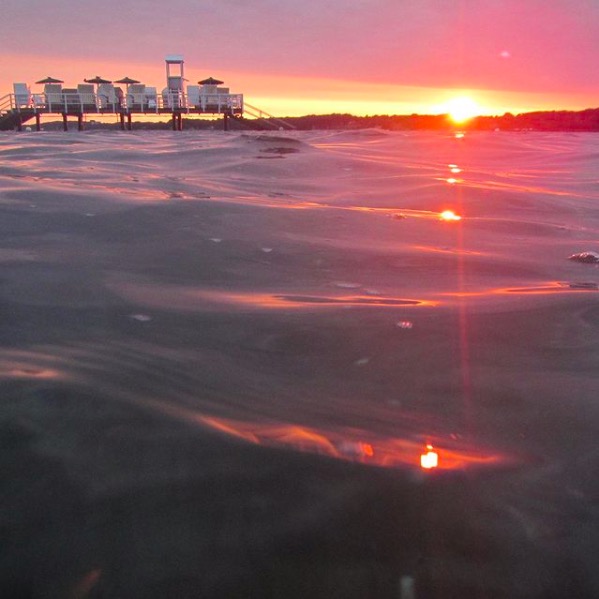

Have a nice #WaveWatchingWednesday! :)

Each #WaveWatchingWednesday I’m surprised by how many #WaveWatching pics I manage to take & post to my Insta in a normal work week!
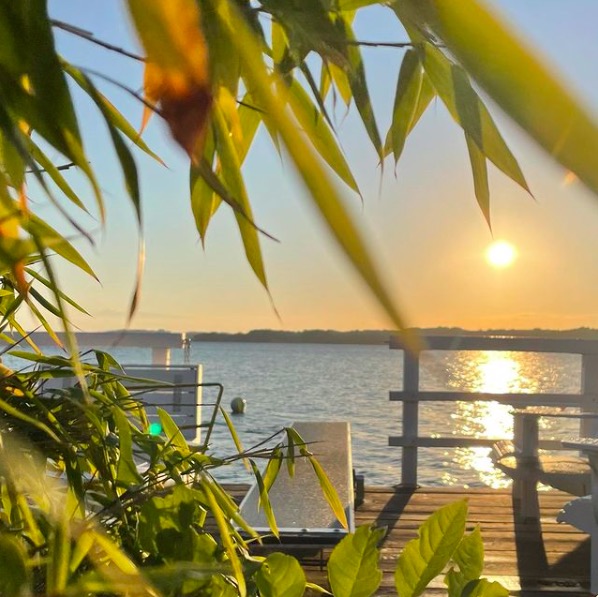
Another week of my #WaveWatching Insta @fascinocean_kiel!
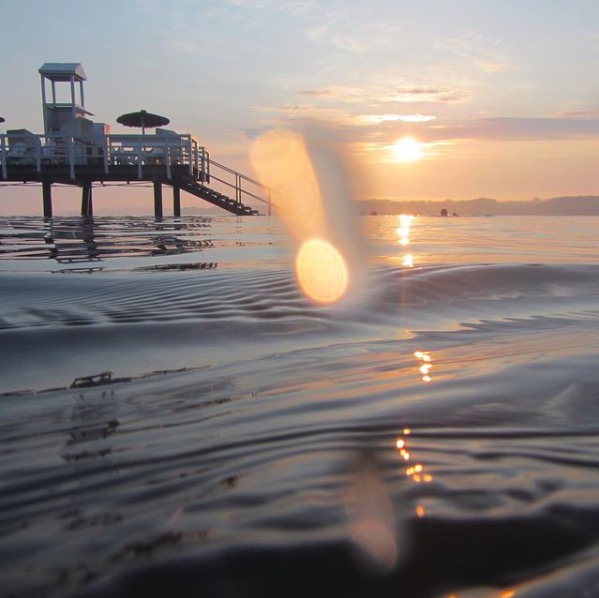
All of the last two week’s #WaveWatching Insta pics in one place, for your viewing pleasure! :)
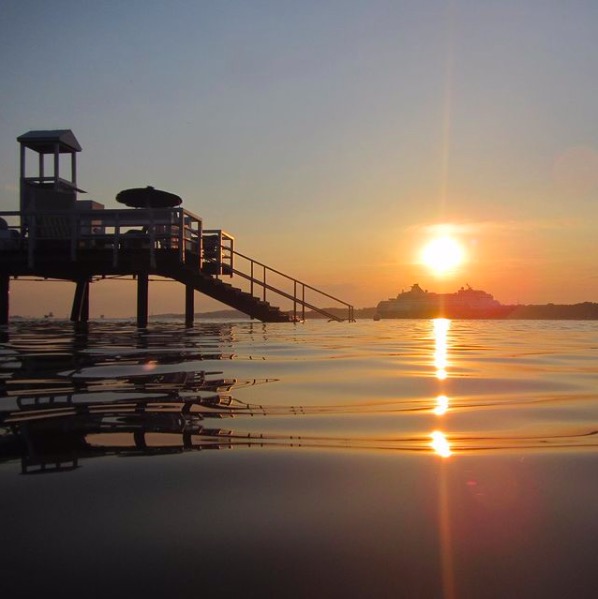
Check out this week’s #WaveWatching pics from my Insta @fascinocean_kiel!
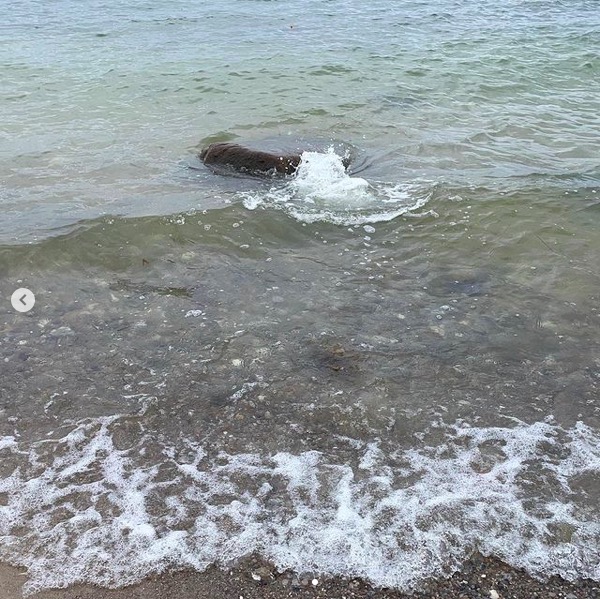
Here is a collection of #WaveWatching pics from my Insta @fascinocean_kiel! Enjoy!
A week’s worth of wave pics from my Instagram @fascinocean_kiel. Enjoy!
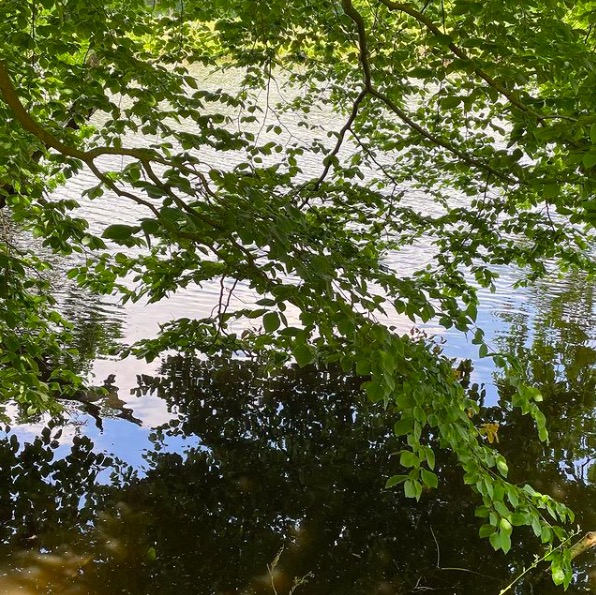
Looking at water is the best relaxation I know. Windy “offshore” just a few meters away, but even the little sheltering that the leaves provide and almost all waves are gone. So calming!
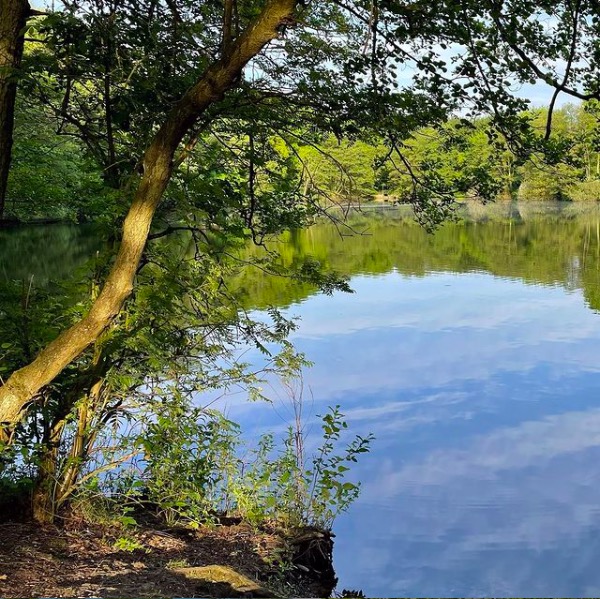
If you weren’t looking at this picture through a #wavewatching lens, you might think the water was completely flat. But if you look closely at the line where the reflection of the trees ends and the reflection of the sky begins, you can see a crisscross pattern of two wave fields meeting each other at an angle
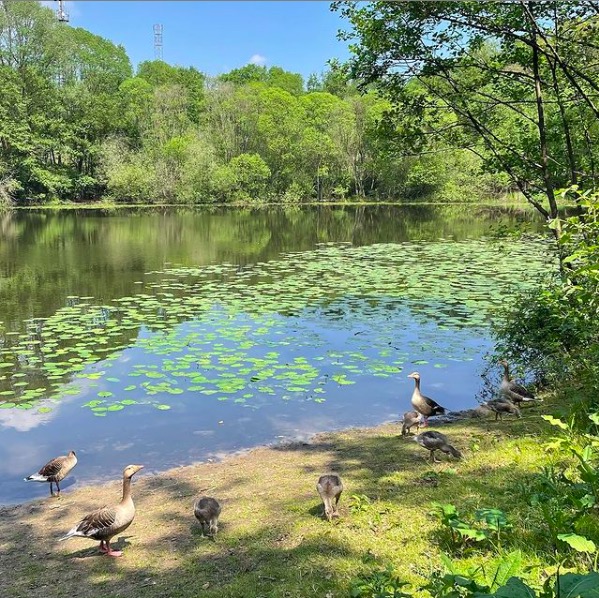
Hardly any wind, lazy geese, no #wavewatching. But still pretty
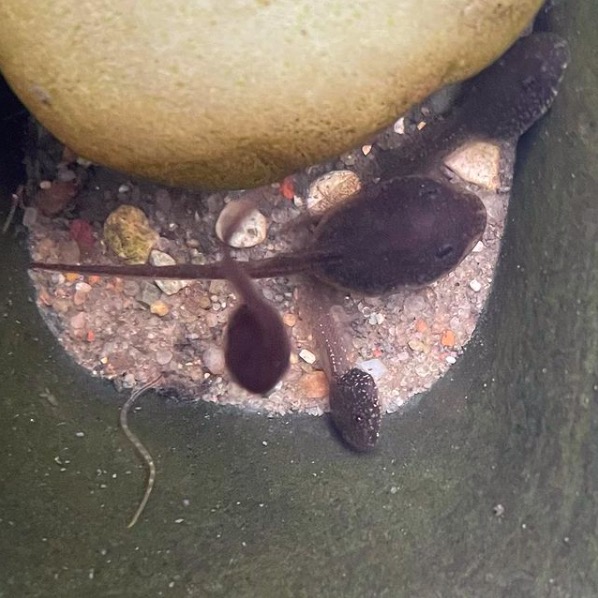
Tadpoles! So cute when they come up to breathe but don’t even have legs yet
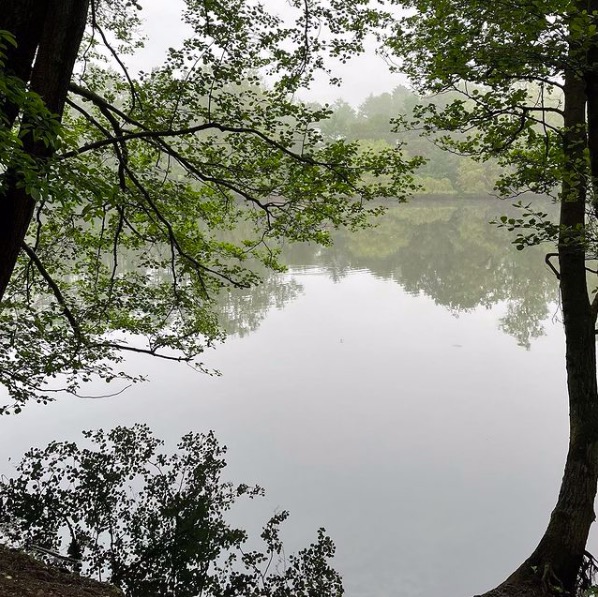
Foggy morning. See the waves propagating from an (invisible) bird somewhere in the far left? They are visible in some part of the reflection of the boundary between trees and the sky, but they haven’t reached the right half yet

Geese refusing to make waves again…
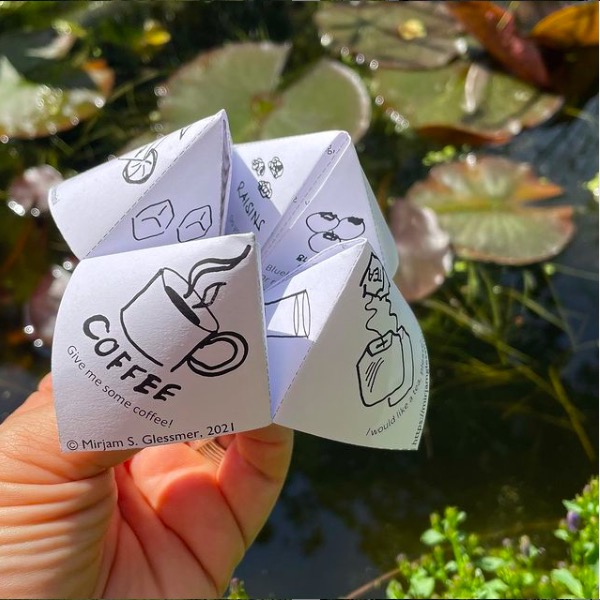
Happy #WorldOceanDay today!
Your favourite drink can tell you what your #OceanResearch should be on. Build the fortune teller (link here) and find out!
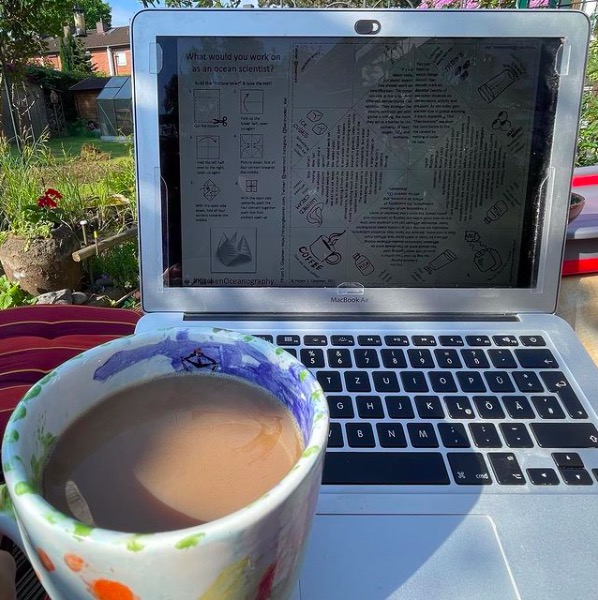
This is what my weekend looked like. Simultanously admiring the garden pond in the background, the oceanography going on in my coffee, and making the “fortune teller” for today’s #WorldOceanDay that tells you what your research should be on based on your favorite drink
Sorry for not including everybody’s favourite drinks — it only had four sides!
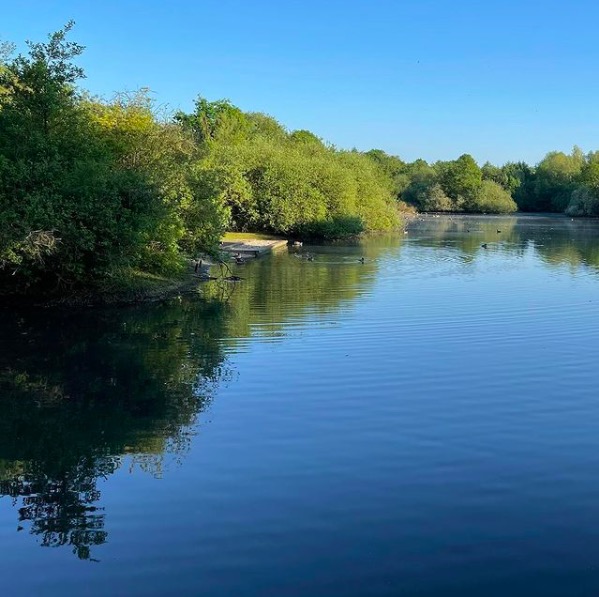
How do we know that all the waves here are made by animals rather than the wind? Because even though there are waves, the surface is smooth and there are no rough patches with small ripples visible, even though it’s wide open so if there was any wind at all, it wouldn’t be completely sheltered
Here are some recent #WaveWatching pics from my Instagram @fascinocean_kiel. Enjoy! :)
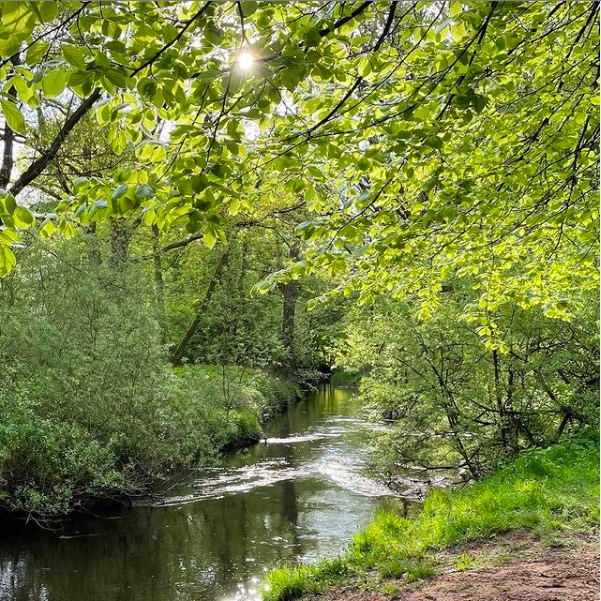
Isn’t it fascinating how some parts of the river reflect the sun and look much brighter, while others are darker, reflecting the trees? From those reflections we can see what the water surface must be like: fairly flat in the darker parts, with waves, i.e. sloping parts, in the bright Vs. In this case, it’s a coincidence that we see Vs: for wakes, we would have a ship or an animal at the V’s tip, and the V being the outer edge of a wake. In this case, there are obstacles on either side of the river, each disturbing the flow and forming a backwater wedge downstream. And then at some point, those wedges from either side of the river meet in the middle, forming the V.
The dark area inside the V is the area where where water is flowing fairly rapidly in the river. On the V, where we see the waves and thus rhe different reflection, the flow changes and becomes turbulent under the influence of the backwater wedges. It calms down again, the surface gets flatter, i.e. darker, and the rinse & repeat for the next V!
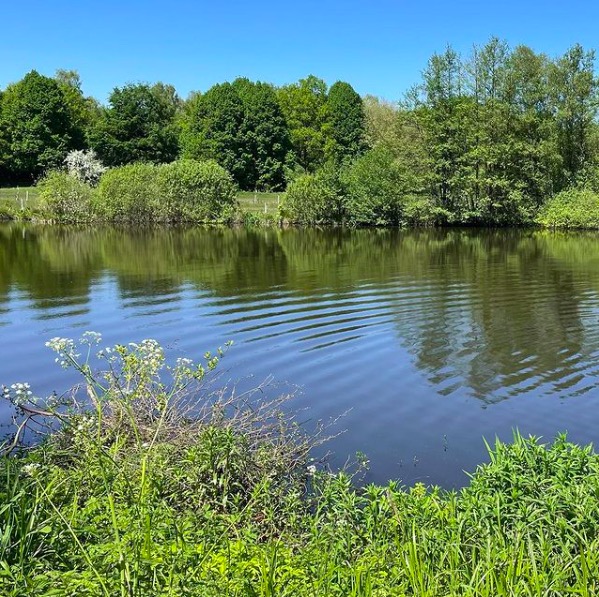
Nice waves from a dog jumping into the lake! The owner was very confused why I whipped out my phone when the dog jumped in, but then didn’t point it at the dog
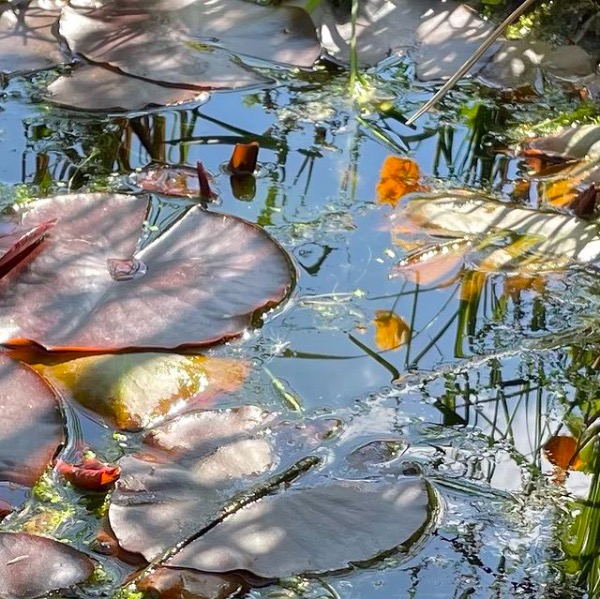
Pretty garden pond! Would you have guessed that its surface area is less than 1m2?
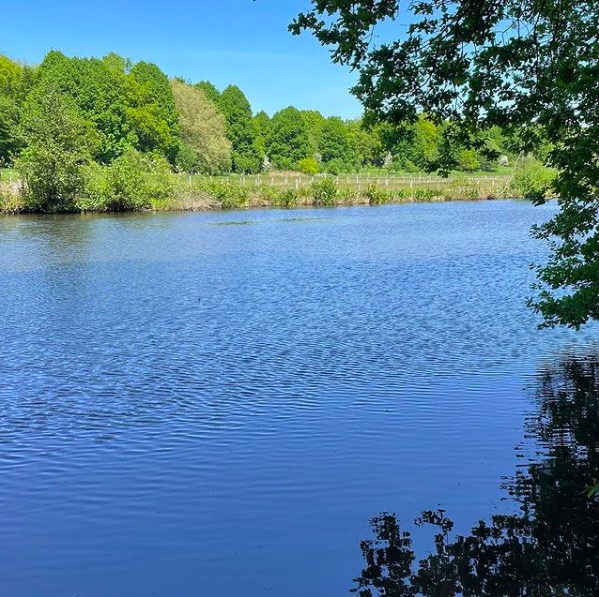
Can you see where the surface area is exposed to the wind and the roughness is therefore high, and where it is sheltered and there are waves propagating in from the higher-wind areas, but no new waves being generated?
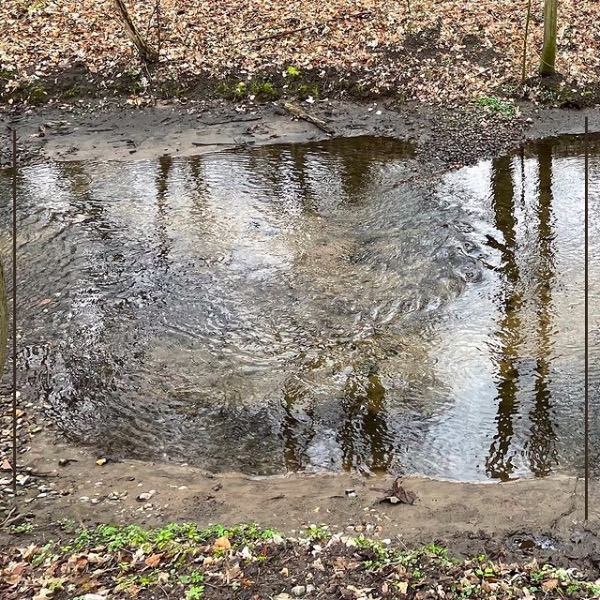
I didn’t post one of these since Februray, so it’s about time! These are all my #WaveWatching Insta posts since then!
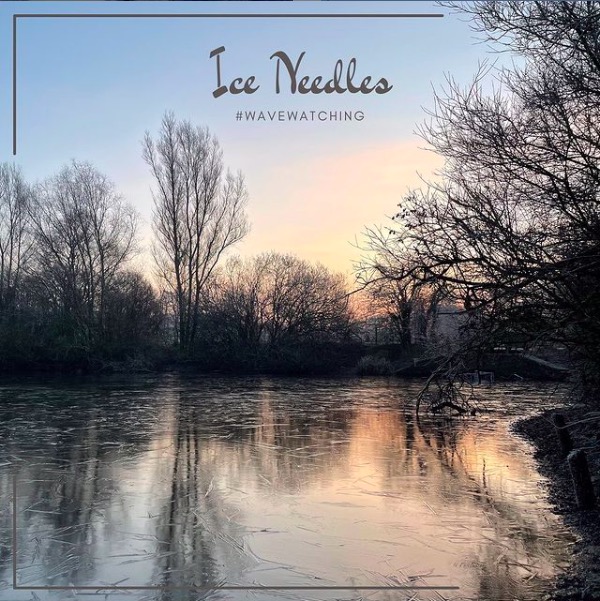
Haven’t posted a #WaveWatchingWednesday in a while — but I am very regularly posting over on my Instagram @fascinocean_kiel. Check it out if you fancy a more regular supply of pics!
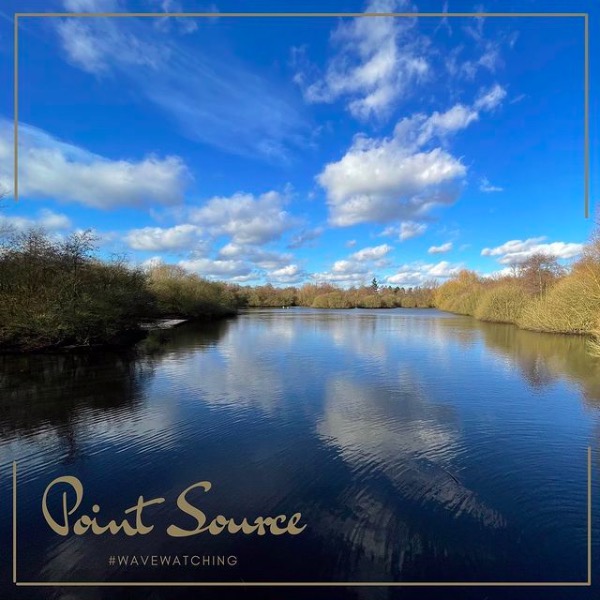
Finally a sunny day again! Which means that I HAVE to get outside. And voila: awesome #WaveWatching! See the waves radiating as half circles from a point source from the lower right corner? That’s a dog drinking!
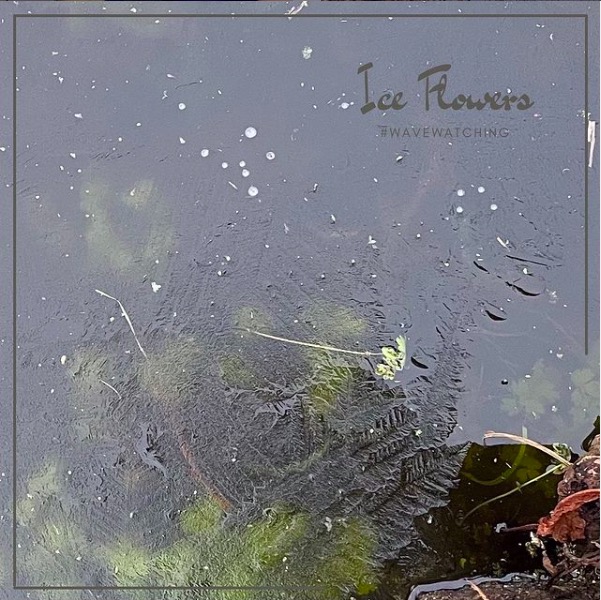
This morning, there was only a super thin layer of ice on the pond — enough to trap small air bubbles in some spaces, but still flexible — and on it, the fern-like structures in which the ice grew were still visible. So pretty!

Do you see the large ring waves on the left, where a duck is riding on the edge of the wave? It was caused by the three ducks reaching the “ice edge” (well, the edge of super thin ice floes that weren’t even connected) and the first duck deciding to fly to the next spot of open water, where it landed with a splash in the center of that wave, and then flew another wing flap or two to where it is sitting now, while the wave spread. But the ice the duck was avoiding explains why the wave looks so much smaller on its right side than on the left where the duck is! The ice also explains why it’s really difficult to see the wakes of the other two ducks on the right — all the waves are dampened away by the ice.⠀
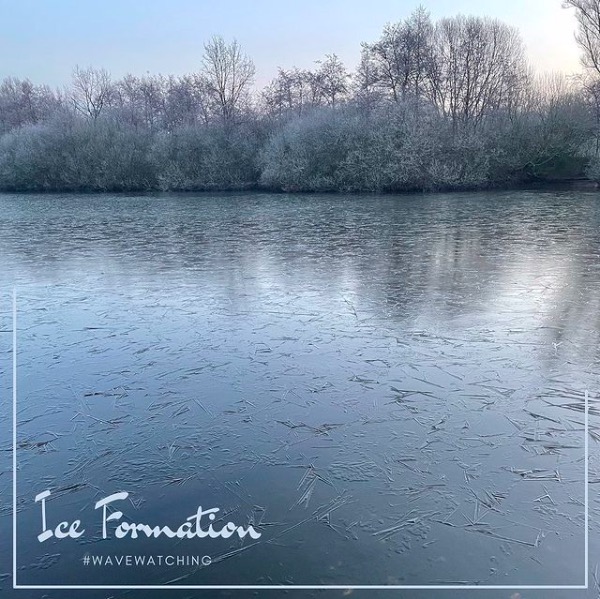
Ice looks differently depending on the conditions it formed in. Here, supercold & calm water recently froze in long needles. If there had been waves, needles wouldn’t have been able to grow so long, slush would have formed and then pancakes. If there had been salt in the water, it would look more milky and less clear. If the ice had started melting and then refrozen, the structures of the needles would have gotten destroyed. Fascinating how much ice can tell us about what conditions must have been prevalent!⠀

Ice needles are a prominent feature of freshly formed ice on calm puddles or lakes when the water is supercooled. They form all over, growing longer and longer, until they meet another needle. Only then do the spaces between needles start to fill.
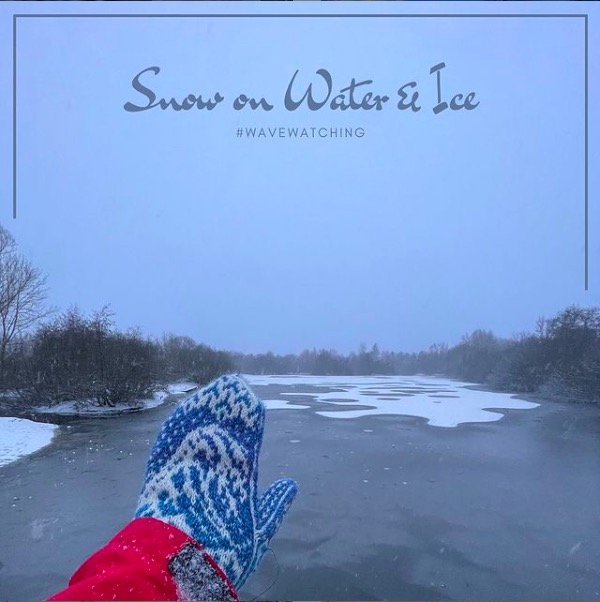
No waves? No problem! (Thanks to these amazing #GreatWave mittens by @kjersti.daae ) And what looks like melt ponds on the ice here is snow falling on a more-or-less intact ice sheet. The more intact, the more snow. The wetter, the better — for wave watching Good thing it’s the weekend now!
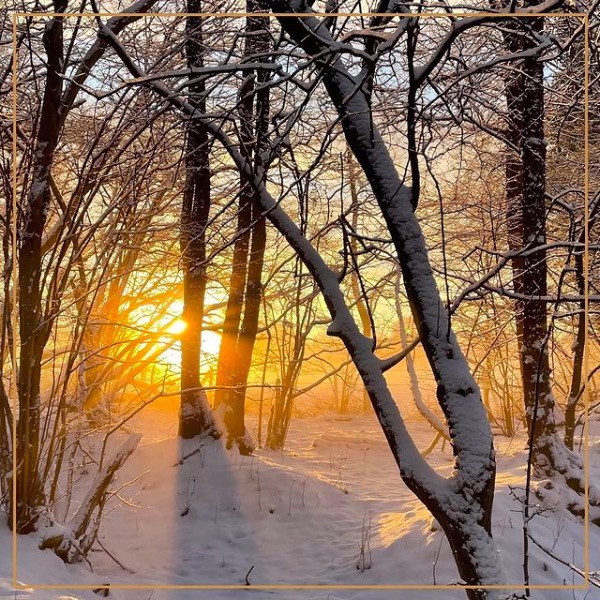
There is enough water in this pic — in frozen form in the snow, and as tiny droplets in the fog — to warrant an appearance here. What a beautiful day!
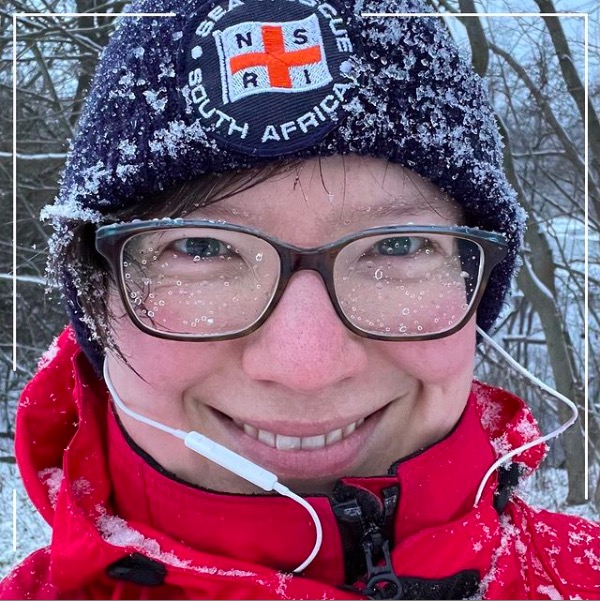
Wet snow is definitely better than no snow. And even better when work meetings can happen on the phone and we can at least do virtual walk & talk meetings :)
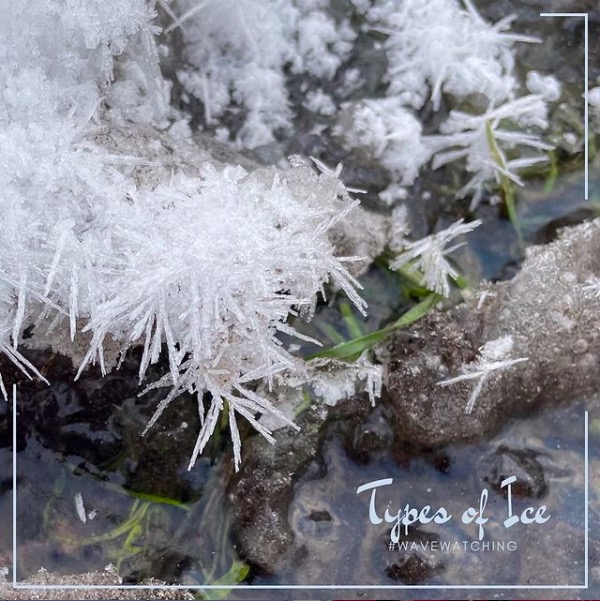
This picture shows a puddle, that froze and got snowed on, then someone broke that snowy ice sheet and bits of ice got pushed into the water while others were pushed out (see for example the grey thing on the right). The puddle then froze again (all the clear ice you see) and hoar frost grew on some of the old pieces of ice (those needles you see. The long ones are longer than a centimeter!). And all of this in just one puddle!
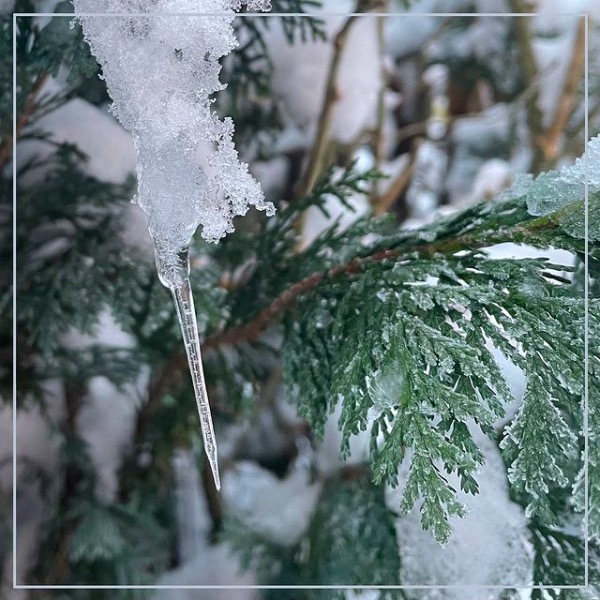
I am fascinated with phase transitions at the moment. Here, snow fell on this bush. It then partly melted in the sun the next day, and the next night the liquid water refroze, forming an icicle.
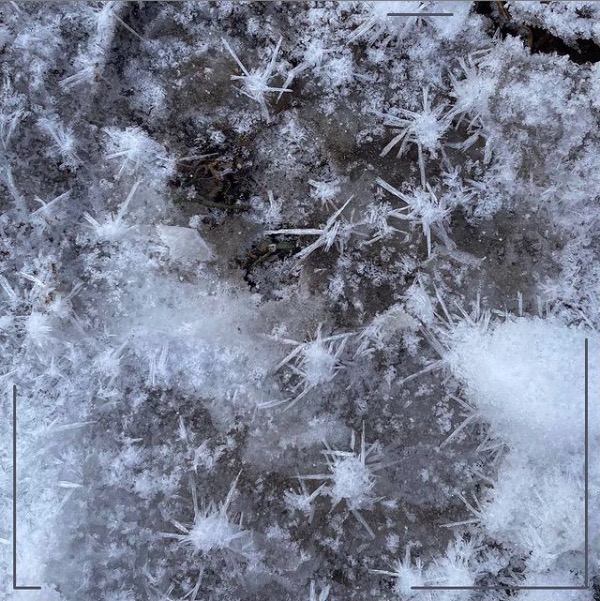
Hoarfrost grew on a puddle the froze, broke open again, froze again⠀
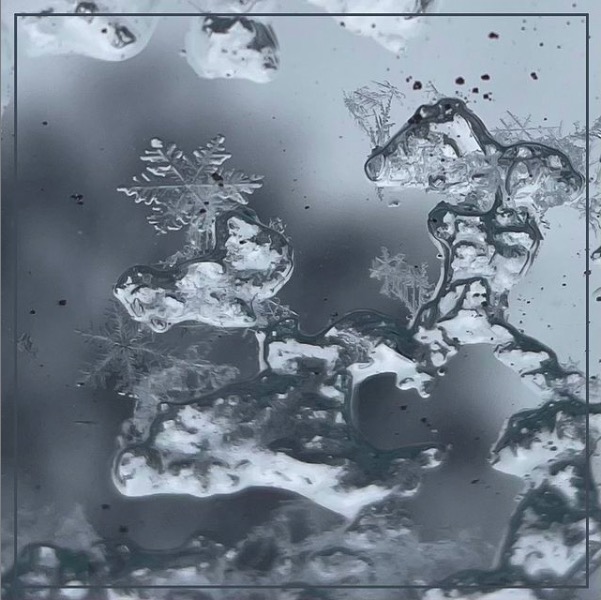
Very distracting to work under a skylight… Turns out it is pretty difficult to take pics because they melt so quickly and it’s super difficult to focus on the right depth in between all the melt water puddles that have a much higher contrast!
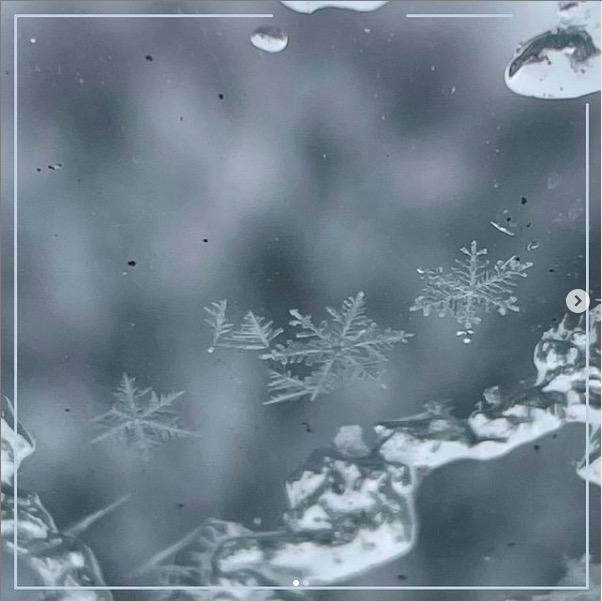
More snowflakes! Here the same ones with slightly different tilt of the camera — against the bright sky vs thr dark tree. Such different results!
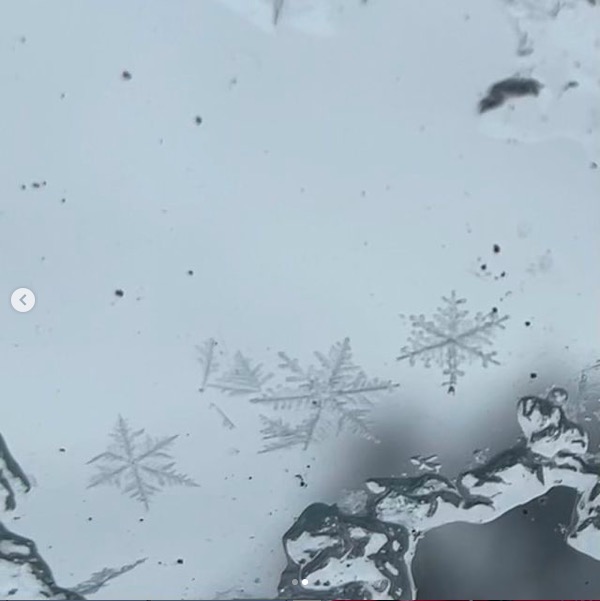
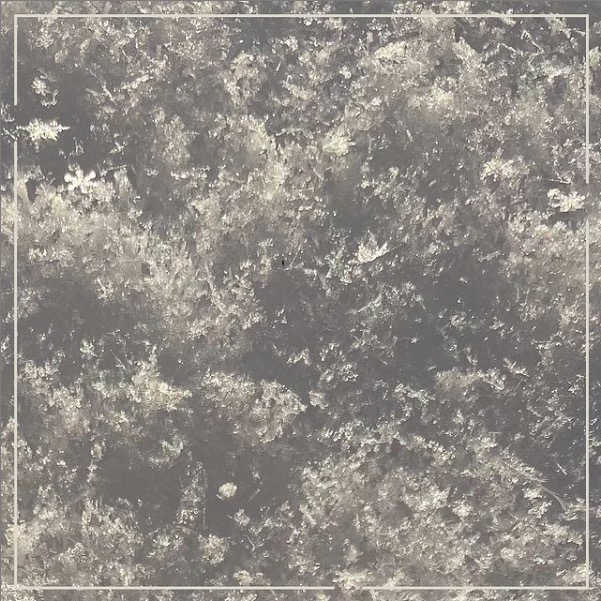
Too much snow on the skylight above my desk to look outside, so I had to actually go outside to look at snow. And it was so fluffy that one could really see individual snow flakes! How cool is that???
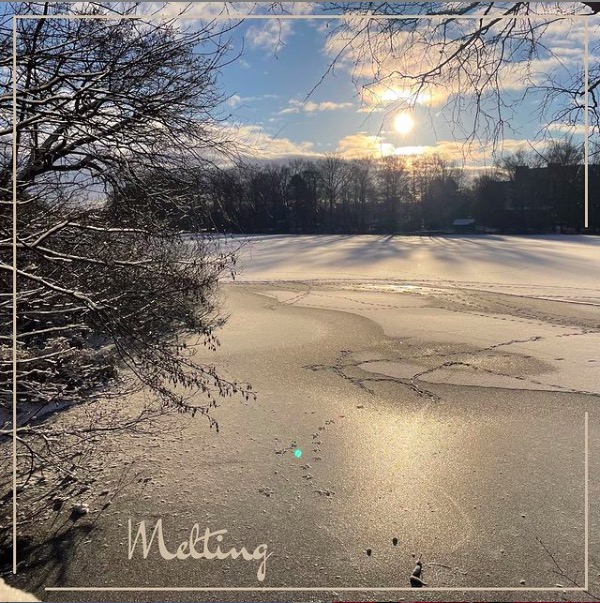
Albedo effects: where there is snow, it’s easier for more snow to accumulate because the white surface reflects incoming sunlight and stays relatively cold. Darker surfaces warm up faster, snow melts, surfaces remain darker, snow still melts more easily than on white surfaces… In this pic we see this both on a larger scale and on the micro scale in some animal’s footprints! Where the animal compacted the snow, it melted less than around it, so new snow accumulated on the old footprints but not around them. Therefore they stay visible for days!
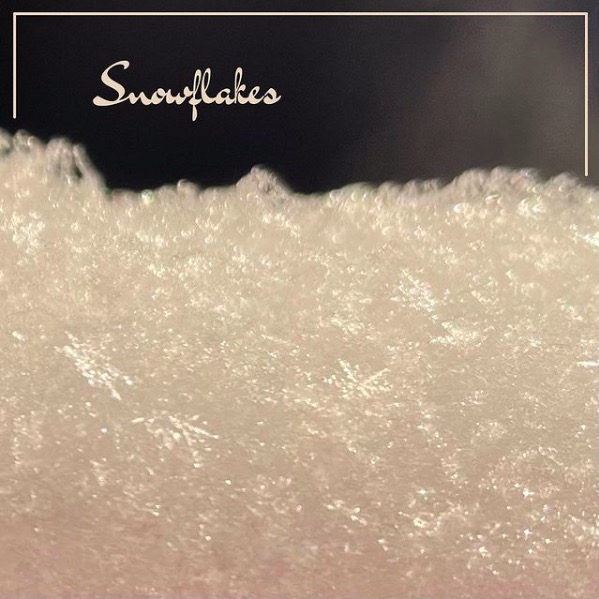
More pretty snowflakes spotted “in the wild” <3⠀